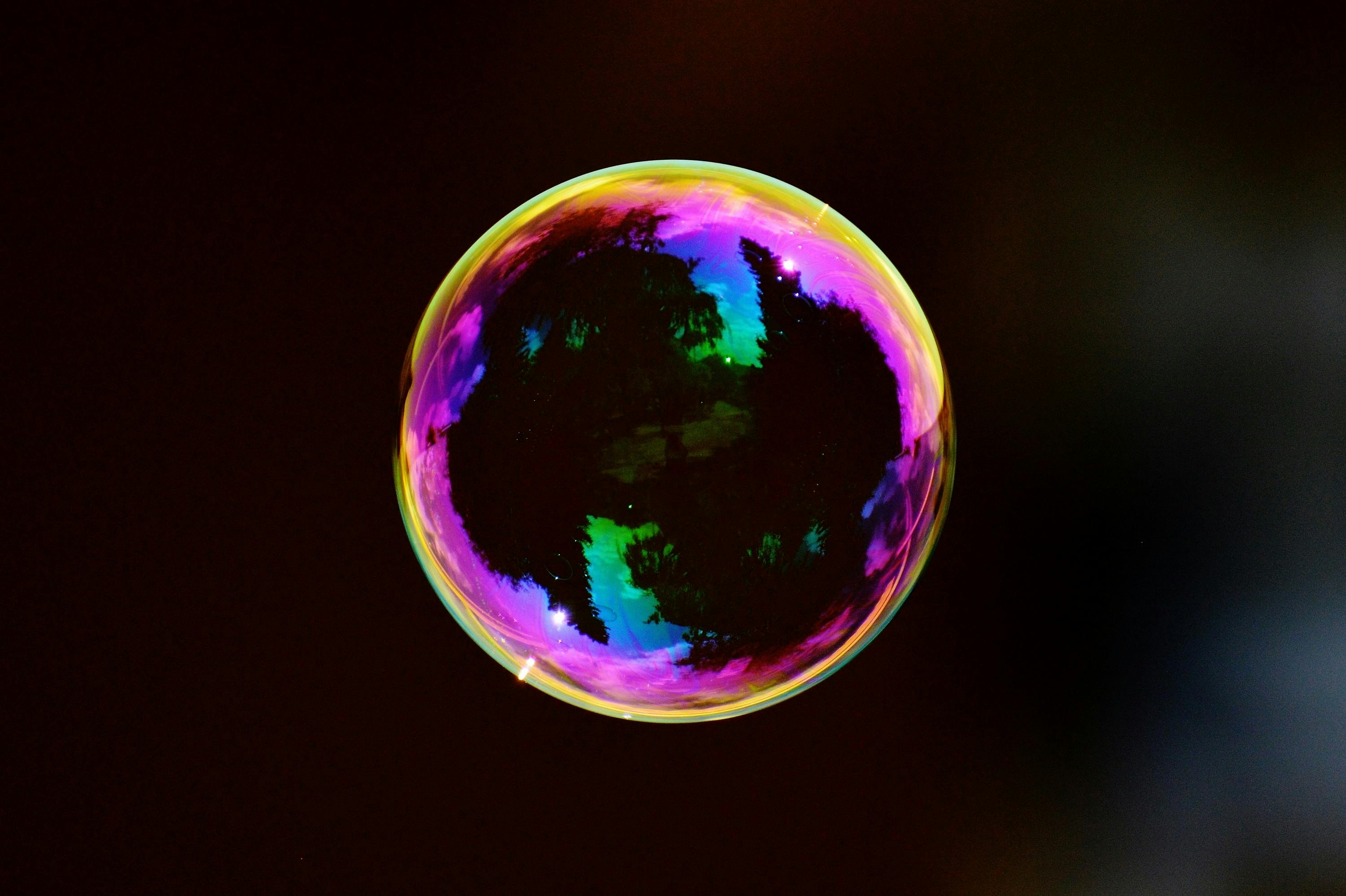Ball joints are an important part of a vehicle’s suspension system. They are the link between the steering knuckle and control arm, and are responsible for allowing the suspension to move up and down while also allowing the wheels to turn left and right. Ball joints can wear out over time, so it is important to know how much they cost to replace. In this article, we will discuss how much ball joints typically cost and when they should be replaced.Ball joints are a type of hardware component that connects a control arm to the steering knuckle in a vehicle’s suspension system. It consists of a bearing stud and socket encapsulated in a steel housing, which allows the suspension to move up and down while still allowing the wheels to steer. Ball joints are found in both front and rear suspension systems on most vehicles and enable the suspension to function properly.
Common Types of Ball Joints
Ball joints are an important part of many types of machinery, and they come in a number of different shapes and sizes. While there are many types of ball joints available, the most common ones include spherical, rod end, clevis, and heim. Each type has its own unique set of features that makes it suitable for different applications. Here is a brief overview of the different types of ball joints available.
Spherical
Spherical ball joints are one of the most common types of ball joints used today. They feature a rounded shape and can be used in both low- and high-load applications. They are typically made from steel or aluminum and feature a threaded design that allows for easy installation and adjustment. Spherical ball joints are commonly used in automotive suspension systems, as well as in industrial machinery.
Rod End
Rod end ball joints are similar to spherical ball joints but have a more cylindrical shape. They feature a threaded design that allows for easy installation and adjustment, as well as the ability to withstand higher loads than spherical ball joints can handle. Rod end ball joints are typically made from steel or aluminum and are often used in automotive steering systems, transmissions, suspension systems, and industrial machinery applications.
Clevis
Clevis ball joints have an elongated design with a threaded end that allows for easy installation and adjustment. They feature a low profile that helps reduce friction between moving parts, making them ideal for applications where space is limited or where smooth operation is required. Clevis ball joints are usually made from steel or aluminum and can be found in automotive steering systems, transmissions, suspension systems, industrial machinery, and more.
Heim
Heim type ball joints feature an angled design with two threaded ends that allow for easy installation and adjustment. They offer superior strength compared to other types of ball joints due to their angled design which helps distribute loads more evenly across the joint surface area. Heim type ball joints are usually made from steel or aluminum and can be found in automotive steering systems, transmissions, suspension systems, industrial machinery applications, lawn mowers, snowmobiles, bicycles, motorcycles, ATVs and more.
Ball Joints Maintenance
Ball joints are an important component of a car’s suspension system, as they allow for smooth and controlled movement of the wheels. They are subject to a lot of wear and tear over time, so it is important to maintain them regularly to ensure that your car’s suspension is in good working order. Here are some tips for maintaining ball joints:
First, inspect the ball joints regularly for any visible signs of wear or damage. Look for any loose fittings or cracks in the metal, as these can indicate that the ball joints need to be replaced. It is also important to check the rubber boots and dust covers for any signs of deterioration, as these can affect the performance of the ball joint.
Second, lubricate the ball joints periodically with a quality lubricant. This will help prevent corrosion and reduce friction between moving parts, which can extend the life of your ball joints. Be sure to use a lubricant specifically designed for use on ball joints.
Third, if your car’s suspension system is equipped with adjustable ball joints, make sure that they are adjusted correctly according to manufacturer specifications. Incorrect adjustment can cause excessive wear on the ball joint and increase its chances of failing prematurely.
Fourth, when replacing worn or damaged ball joints, use only high-quality replacement parts that are designed specifically for your make and model vehicle. Aftermarket parts may not be up to OEM standards in terms of fitment or durability.
By following these simple tips you can ensure that your car’s suspension system remains in good condition and perform at its best. Regular maintenance of your vehicle’s ball joints will help ensure a smooth ride and keep you safe on the road.
How to Replace a Ball Joint
Replacing a ball joint is a relatively simple process that can be done in just a few steps. The first step is to remove the wheel from the vehicle and raise it up on a jack stand. Once the wheel is off, you can access the ball joint using an impact wrench and socket set. Loosen the nut on the ball joint until it comes off, then use an automotive pick or similar tool to separate the ball joint from its housing. If necessary, use a hammer or mallet to help break it free.
Next, you will need to locate and remove any bolts that are securing the new ball joint into place. Once all of these bolts are removed, take your new ball joint and insert it into its housing. Make sure that it is properly seated before re-tightening all of the nuts and bolts. You may need to use some thread locker on the bolts for extra security.
Finally, reinstall your wheel onto the vehicle and lower it back down onto the ground. Make sure that all of your nuts and bolts are tightened securely before taking your car out for a test drive. If everything feels right, you have successfully replaced your ball joint!
Signs of Worn Ball Joints
Ball joints are an integral part of any vehicle’s suspension system, allowing for smooth steering and driving. When ball joints become worn or damaged, the entire vehicle’s suspension system is affected and can cause a variety of issues. It is important to regularly check for signs of worn ball joints in order to prevent more serious damage from occurring. Common signs of worn ball joints include excessive tire wear, clunking noises when turning or hitting bumps, excessive play in the steering wheel, and uneven tire tread wear.
Excessive tire wear can be one of the first indicators that your ball joints are in need of replacement. If you notice that your tires are wearing unevenly or faster than normal, you should check your ball joints for signs of wear. Tire tread wear can also provide clues about the condition of your ball joints; if the inner or outer edges are more worn than the center area, it could be a sign that your ball joints are not providing proper support to the suspension system.
Another common symptom of worn ball joints is a clunking noise when turning or hitting bumps in the road. This noise is caused by loose parts within the suspension system due to poor alignment caused by worn out components like ball joints. If you hear this type of noise coming from your vehicle while driving, it is important to have it inspected as soon as possible to determine what needs repair or replacement.
Excessive play in the steering wheel can also be an indicator that something is wrong with your suspension system; if you find that it takes more effort than usual to turn your wheels, this may be caused by loose components such as worn out ball joints. Uneven tire tread wear can also be an indication that something is wrong with your suspension system; if you notice that one side of your tires has significantly more wear than the other side, this could indicate a problem with your ball joints and other related parts.
It is important to regularly inspect and maintain all components in your vehicle’s suspension system, including checking for signs of worn out ball joint components. If you notice any symptom listed above, it is best to have these inspected by a certified mechanic as soon as possible before further damage occurs. A well-maintained vehicle will ensure safe and reliable performance for years to come!

Cost of Replacing Ball Joints
Replacing ball joints can be a costly affair, depending on the make and model of the vehicle. The cost of parts and labor for replacing ball joints can range from $200 to $400 for an average passenger vehicle. Labor costs can increase if the job requires additional time due to corrosion or if additional components such as control arms or tie rods need to be replaced in addition to the ball joint. It is important to use quality replacement parts when replacing ball joints, as poor quality parts may wear out quickly and require more frequent replacement. It is also important to use a qualified technician for the job, as improper installation or repair could lead to further damage and higher costs.
If a vehicle has suspension problems caused by worn ball joints, the cost of repairs can quickly add up. Replacing all four ball joints will usually cost between $400 and $800, but that amount can increase significantly depending on the make and model of the vehicle. Additionally, some vehicles may require more than just ball joint replacement; in those cases, labor costs are likely to increase significantly as well.
In order to ensure that you are getting quality service at a reasonable cost, it is best to shop around for estimates from several certified mechanics before scheduling any repairs. Also keep in mind that regular maintenance and inspections can help reduce long-term costs; catching minor issues before they become major problems can save you money in both parts and labor down the line.
OEM vs Aftermarket Ball Joints
When it comes to ball joints, you may find yourself with the decision of buying OEM (Original Equipment Manufacturer) or aftermarket components. Most people will tell you the difference between the two is price, but there are other factors you should consider before making a purchase. OEM parts are designed and manufactured by the original equipment manufacturer and typically meet higher standards than aftermarket components. This means they are more reliable and last longer than aftermarket parts. They also come with a warranty, which is an added bonus if something goes wrong. However, they tend to be more expensive than aftermarket parts.
On the other hand, aftermarket ball joints are usually made by third-party manufacturers that specialize in creating parts that fit a variety of vehicles. They tend to be less expensive than OEM parts but may not meet the same standards for quality and reliability as their OEM counterparts. Also, they usually do not come with a warranty so if something goes wrong you are on your own for repairs or replacements.
Ultimately, it is up to you to decide which option is best for your vehicle and budget. If you’re looking for a reliable part that will last a long time then OEM components may be worth the extra cost. However, if price is an issue then aftermarket ball joints may be the way to go. Just make sure you do your research and read reviews before making any purchases to ensure you get a quality product that meets your needs.
Advantages of Aftermarket Ball Joints
Aftermarket ball joints offer many advantages over OEM ball joints. Firstly, aftermarket ball joints are designed to be more durable and long-lasting than OEM ball joints. This means that they are better able to stand up to the strain of everyday use and are less likely to fail due to wear and tear. Secondly, aftermarket ball joints often come with additional features, such as adjustable preload, which can help extend their lifespan even further. Finally, they tend to be much more affordable than OEM ball joints which makes them a great option for those on a budget.
Overall, it is clear that aftermarket ball joints offer many advantages over their OEM counterparts. They are more durable and long-lasting, come with additional features such as adjustable preload, and tend to be much more affordable. Therefore, if you’re looking for an upgrade over your current OEM ball joint design then investing in an aftermarket product may be the best option for you.

Conclusion
Ball joints are an important part of the suspension system of your vehicle. They help to maintain the alignment of your vehicle’s wheels and keep them in proper contact with the road. The cost of ball joints varies depending on the type and size, as well as the make and model of your car. Prices can range anywhere from $20 to several hundred dollars. While they may seem expensive, it is important to remember that they are a necessary component for a safe and comfortable ride. It is important to ensure that all ball joints are replaced when necessary, as they can wear out over time due to regular use, or even due to environmental conditions such as salt water or extreme temperatures.
When considering replacing ball joints, it is best to consult a professional auto-mechanic who can suggest the best type and size for the specific make and model of your vehicle. They will be able to provide you with an accurate estimate on how much ball joints will cost for your particular vehicle, and also provide advice on when they should be replaced. With this information, you can make an informed decision about how much you want to spend on ball joints for your car.




